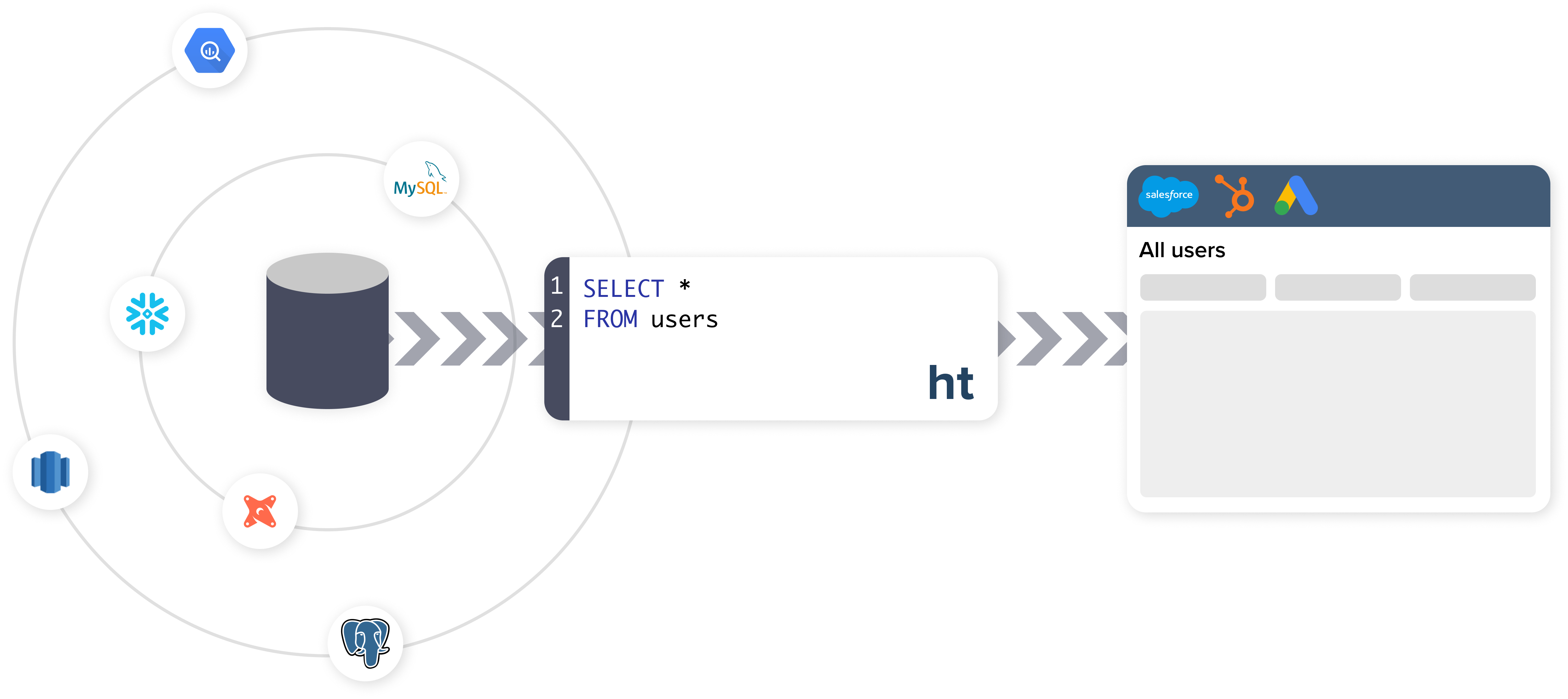Pinterest has committed to adopting the recommendations from its special committee of the Board of Directors, the company wrote in a blog post today. The committee formed earlier this year in June, shortly after two former employees, Ifeoma Ozoma and Aerica Shimizu Banks, went public with their allegations of racial and gender discrimination while working at Pinterest.
The committee, which retained law firm WilmerHale to conduct a workplace review, spoke with more than 350 current and former employees to make its recommendations geared toward improving diversity, equity and inclusion at Pinterest. Here are a few of those recommendations:
- mandatory unconscious bias training for every employee, including managers and executives
- offer additional trainings on inclusivity and unconscious bias
- include “diverse employees” in interview panels with job candidates
- reward employees for their efforts to support and promote DEI
- publish a diversity report twice a year for at least two years; after two years, publish the report annually
- establish criteria for promotion eligibility
- enhance Pinterest’s harassment and discrimination policy
- create a centralized workplace investigations team to ensure consistent and fair outcomes
You can see all of the recommendations here. Pinterest, in a statement to TechCrunch, said it’s committed to making those changes.
“We value our employees and know it’s our responsibility to build a diverse, equitable and inclusive environment for everyone at Pinterest,” a Pinterest spokesperson said. “Because we understand the urgency for change, we have taken actions over the past months to ensure everyone at Pinterest feels safe, welcomed and championed and believe we’re on a path to ensuring a culture where all employees feel included and supported.”
In a note to employees, Pinterest CEO Ben Silbermann said that everyone at the company will have an opportunity to discuss the recommendations and ask questions later this week. Silberman also said he felt encouraged that many of the suggestions “mirror efforts we already have underway to build a culture where all employees feel included and supported.”
Earlier this week, Pinterest settled a gender discrimination lawsuit with former COO Francoise Brougher for $22.5 million. But that hefty payout highlighted some of the inequities in tech. Brougher filed her lawsuit in August, after Ozoma and Banks went public with their allegations. While Brougher walked away with millions, Ozoma and Banks received less than one year’s worth of severance.
“So we, like in many, many, many other cases, Black women put ourselves on the line, shared absolutely everything that happened to us, then laid the groundwork for someone else to swoop in and collect ‘progress,’ ” Ozoma previously told TechCrunch. “No progress has been made here because no rights have been made with people who harm has been done to.”






